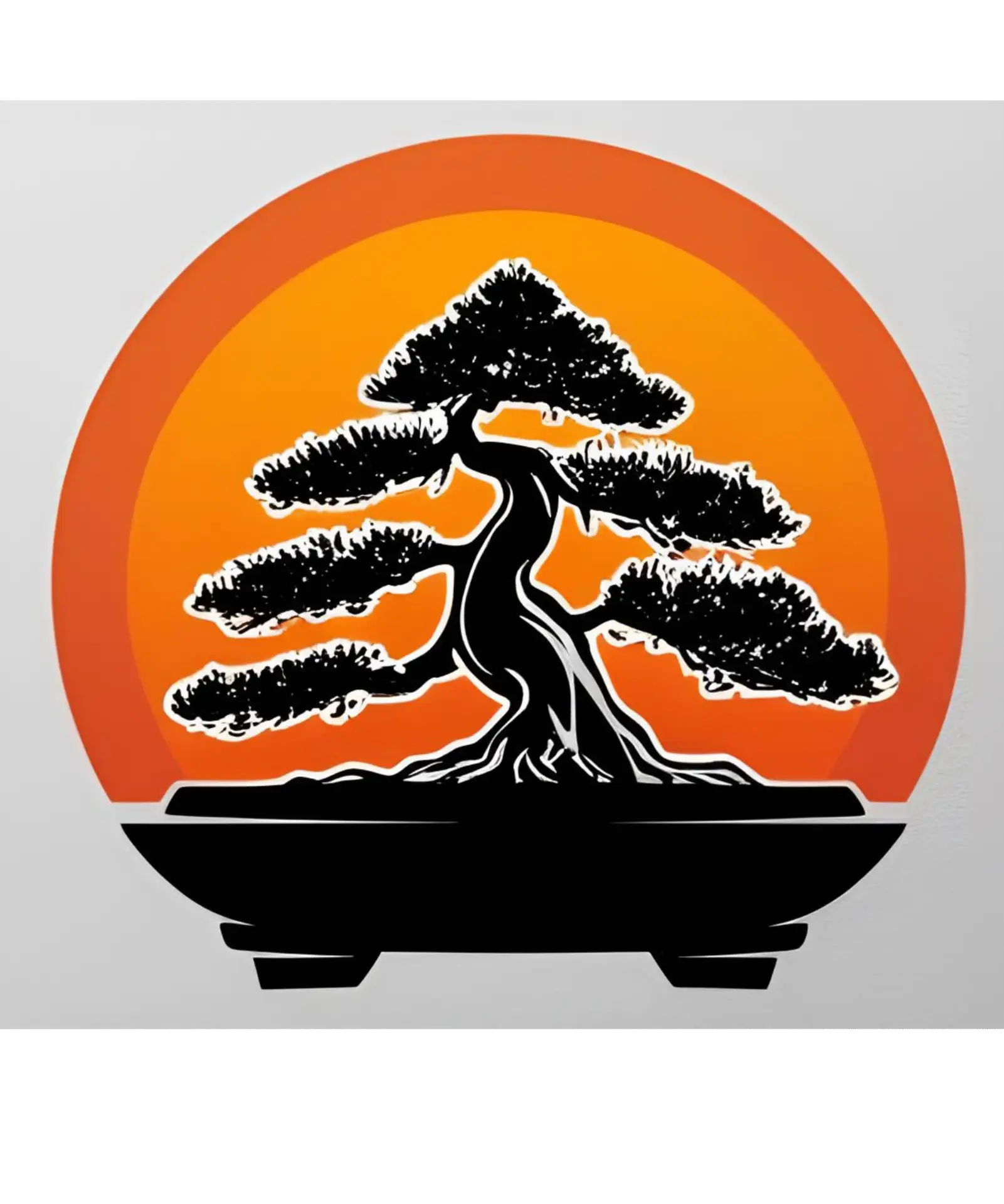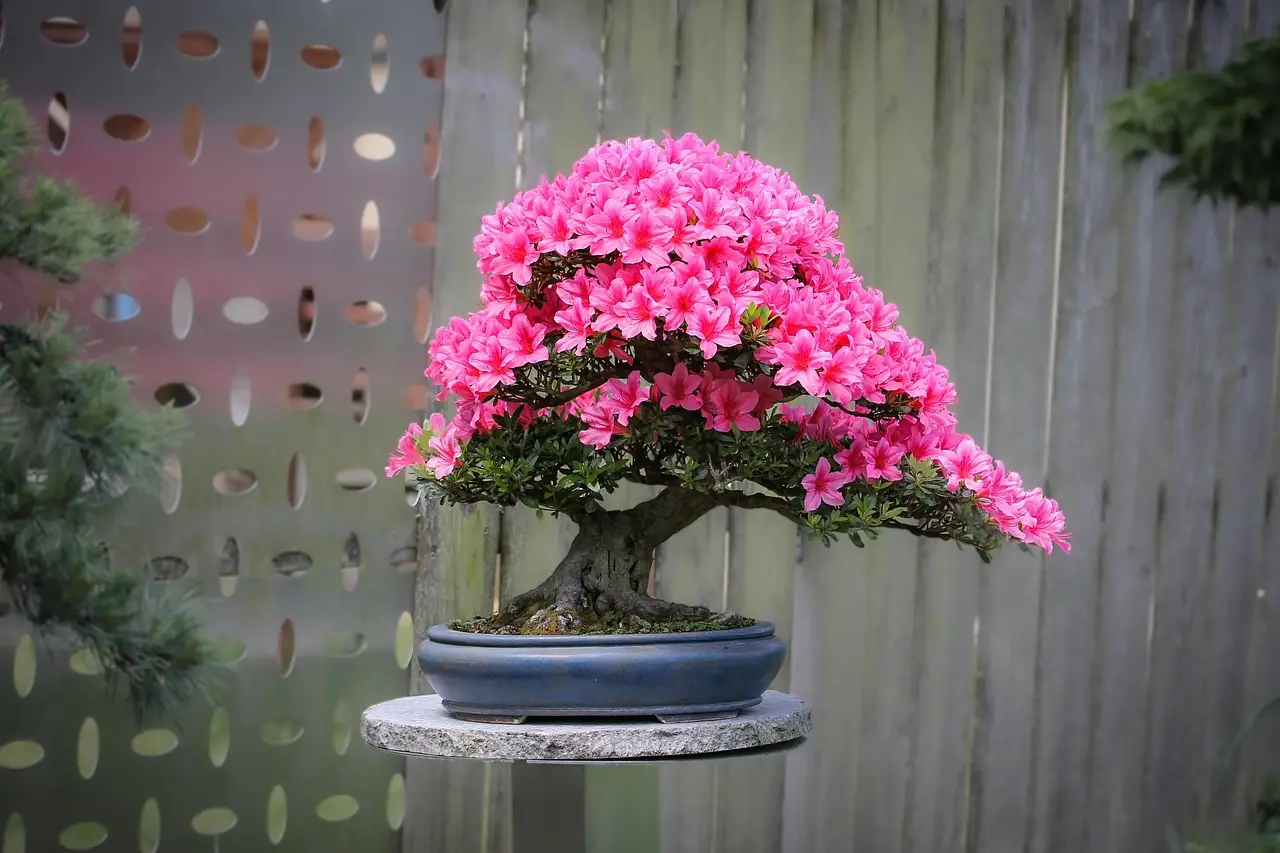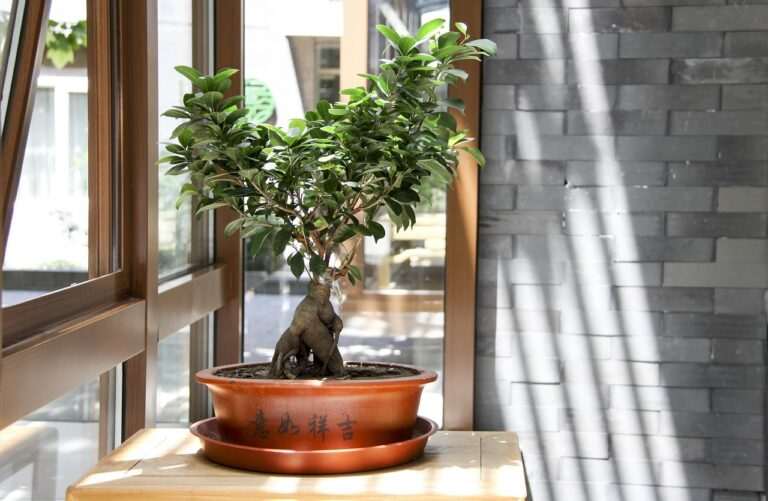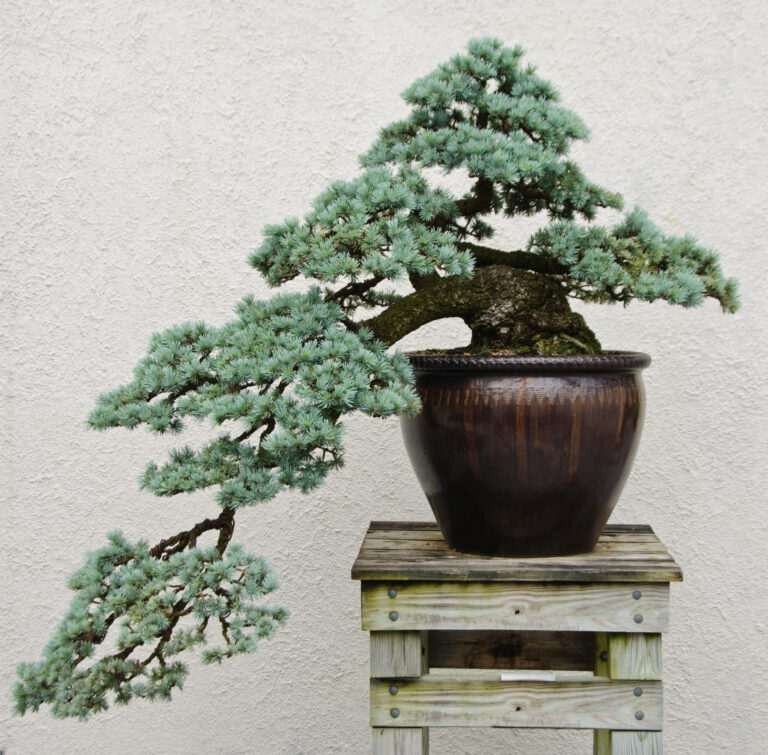Bonsai Pots by Master Mori.
The bonsai pot, a humble vessel that holds not just soil, but the very spirit of the tree; it must be shallow to guide the roots with gentle restraint, sturdy to protect, and with openings that allow water to flow like a mountain stream, keeping the tree balanced and strong on its small journey.
Lets explore the importance of choosing the right bonsai pot for your green companion.

Why the Right Bonsai Pot Matters
A bonsai pot does more than hold soil. It controls the root environment, influences water retention, affects the health of your tree, and most importantly, frames your bonsai like a painting. The wrong pot can disrupt this delicate balance.
Function and Form
Drainage: Essential for preventing root rot. At least one, preferably two large holes are ideal.
Aeration: Unglazed clay pots allow roots to breathe.
Aesthetics: The pot complements the tree’s style, creating harmony in design.
Growth Control: The pot size regulates root growth, shaping the tree’s development over time.
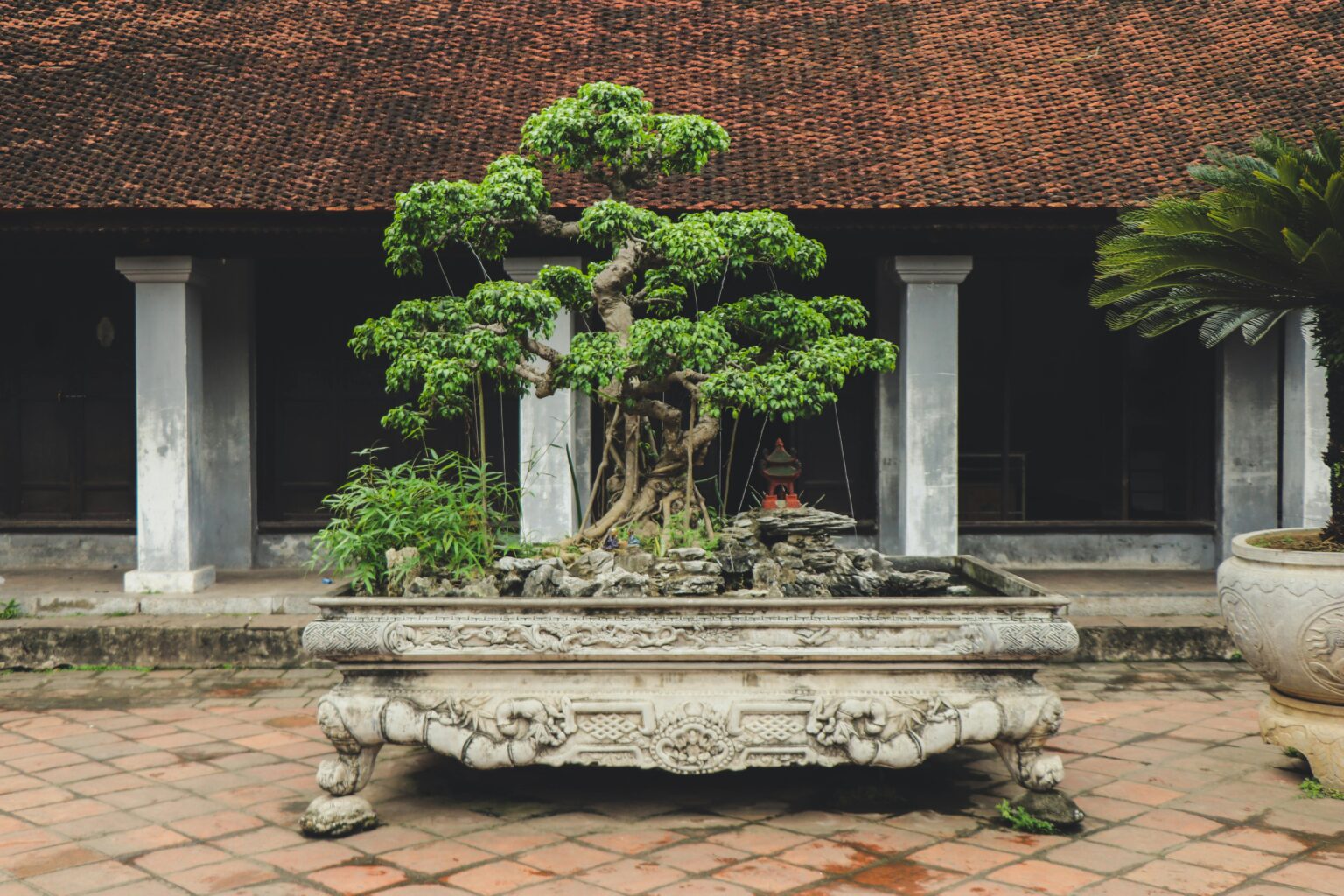
Matching Pot to Tree Style
The pot must serve the tree’s physical needs and echo its visual style.
“Let the pot whisper, not shout. It should bow to the tree’s majesty, not compete with it.” — Master Mori
| Bonsai Style | Pot Shape | Finish & Texture |
|---|---|---|
| Formal Upright | Rectangular/Oval | Matte, unglazed |
| Informal Upright | Oval/Soft rectangle | Glazed or unglazed |
| Cascade | Deep round/tall | Dark, subtle glaze |
| Literati (Bunjin) | Small round |
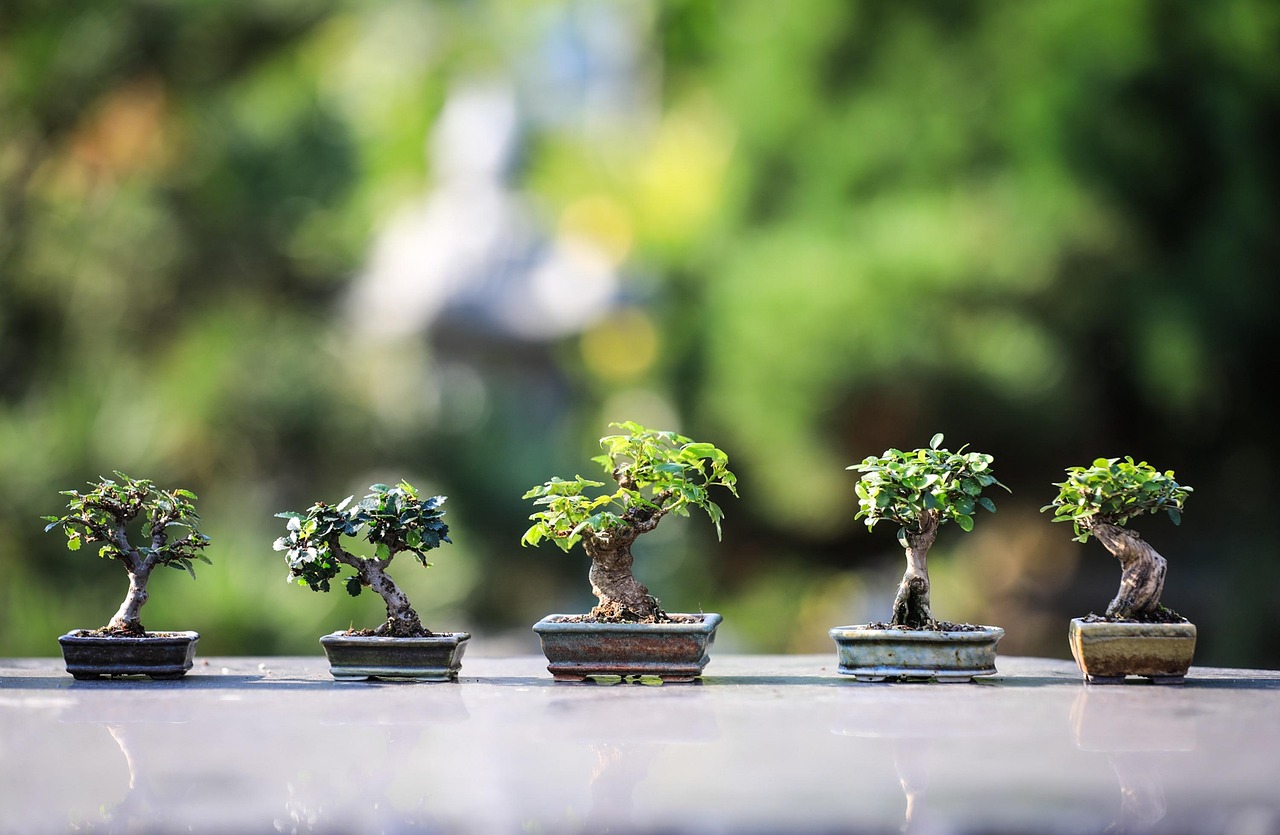 Choosing the Right Pot SizeAn often-overlooked detail by beginners, pot size determines water retention, root growth, and tree stability. General Guidelines
Common Mistakes:
Master Mori’s Tip: “Find the size that challenges the tree but never punishes it.” 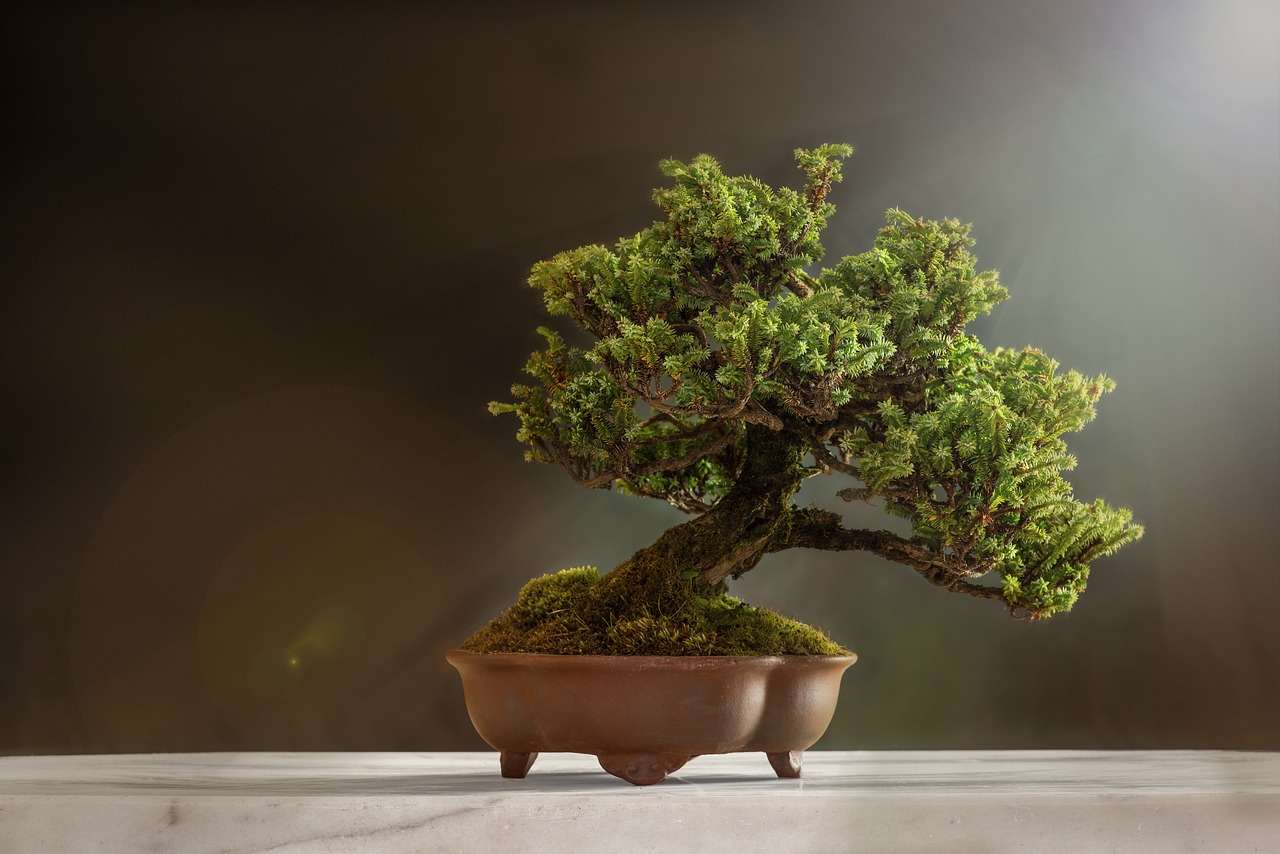 Pot Materials: Pros and ConsNot all pots are created equal. Here’s a breakdown: 1. Ceramic Pots
2. Plastic Pots
3. Mica Pots
4. Concrete/Stone Pots
5. Wooden Boxes (Training Only)
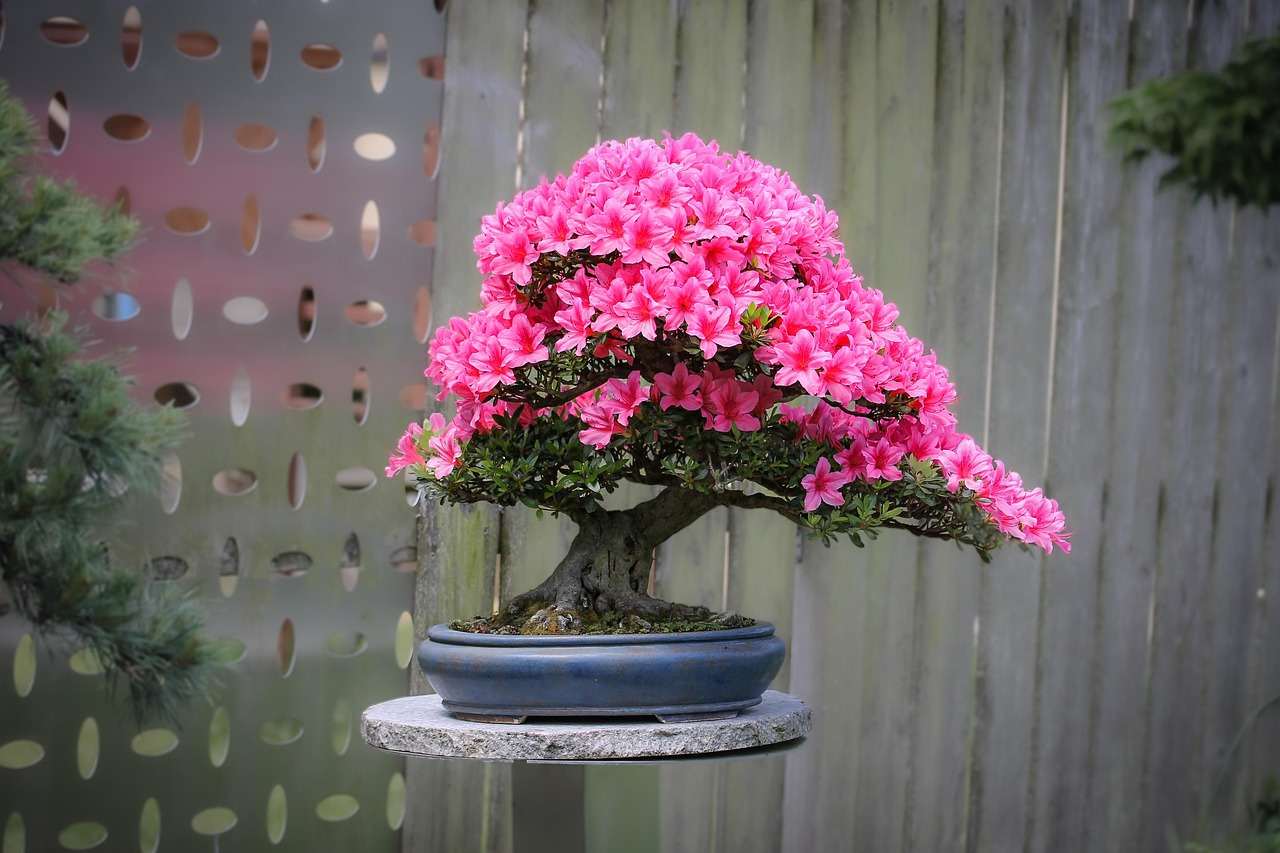 Glazed vs Unglazed PotsGlazing is more than just color; it affects texture, moisture retention, and overall feel. Glazed Pots
Unglazed Pots
Recommended Bonsai Pots (Affiliate Section)Top Picks for Beginners and Enthusiasts
Care and Maintenance of Bonsai PotsCaring for the pot ensures the health of your bonsai and the longevity of your tools.
“Even the strongest pot must be cleansed to serve again.” Bonsai Pot FAQQ: Can I use a regular plant pot for bonsai? Q: How often should I change my bonsai pot? Q: Should bonsai pots have feet? Q: What if my pot doesn’t have drainage holes? Final Thoughts From the Wise Master: Walking the Path with WisdomIn the ancient art of bonsai, nothing is chosen without purpose. The pot you select today will shape your tree’s health and beauty for years to come. Choose with intention, care, and balance. As Master Mori says:
Related Blog Author: Robert |
